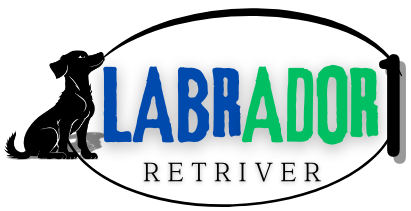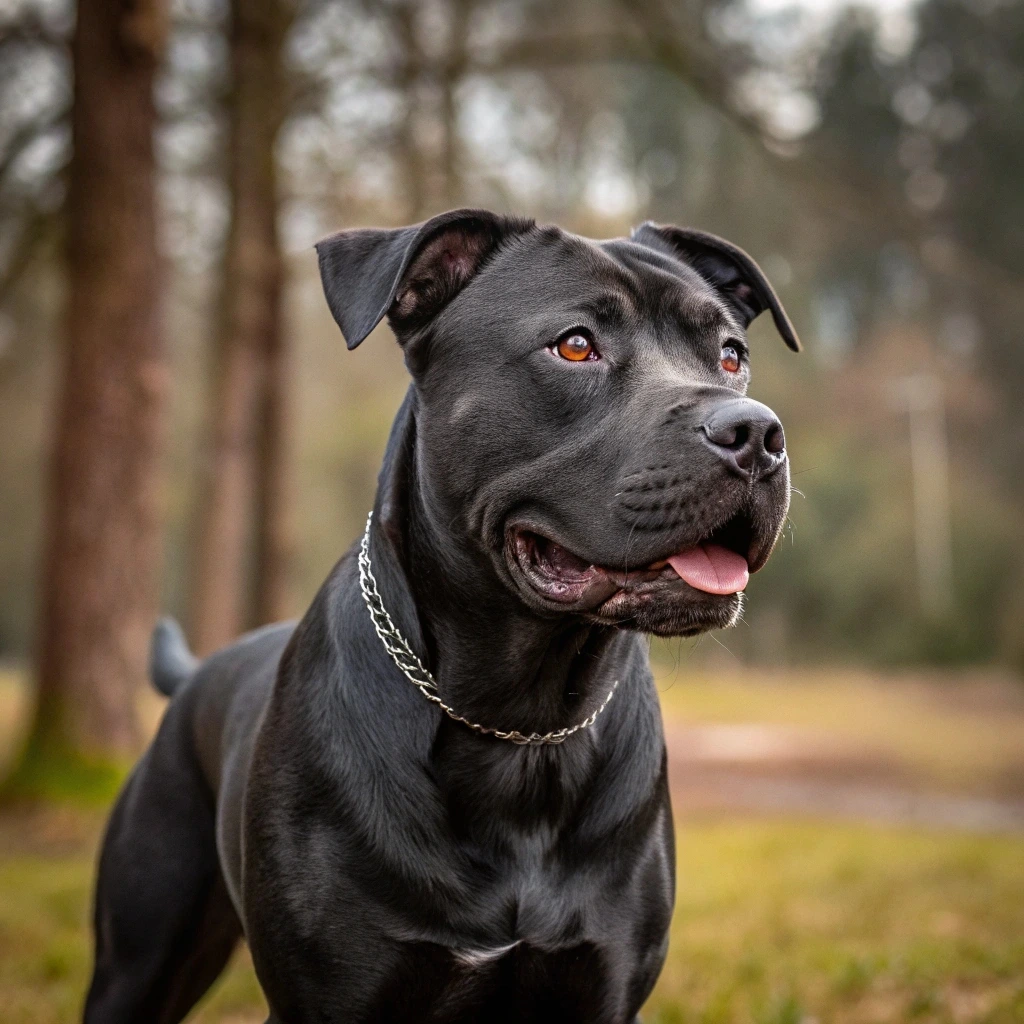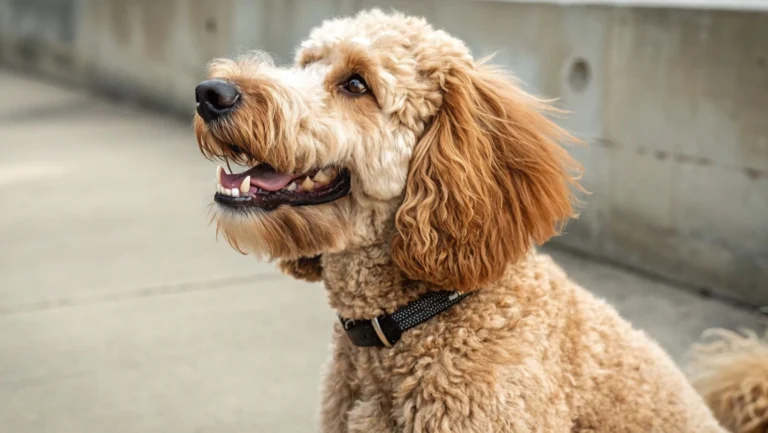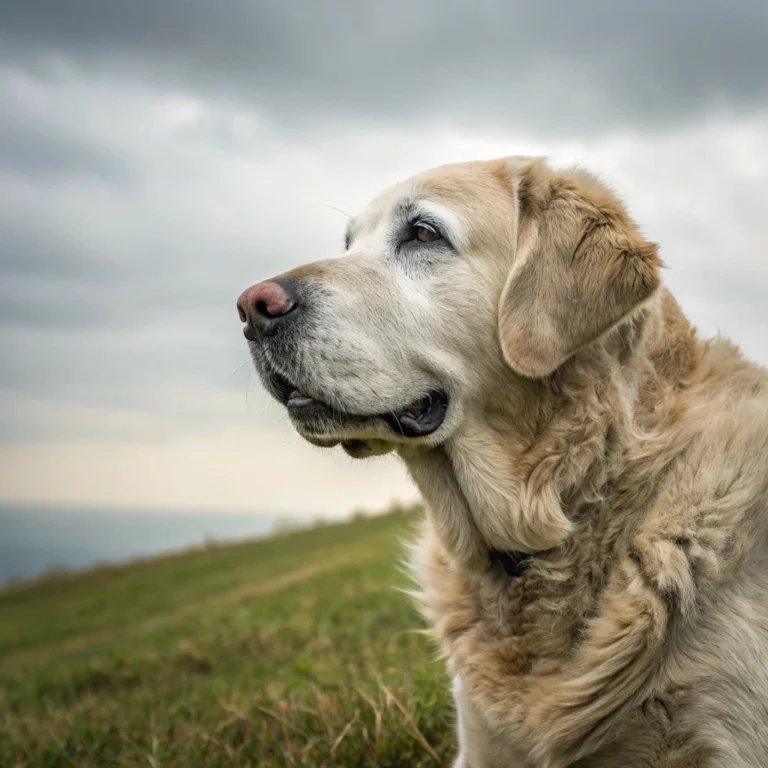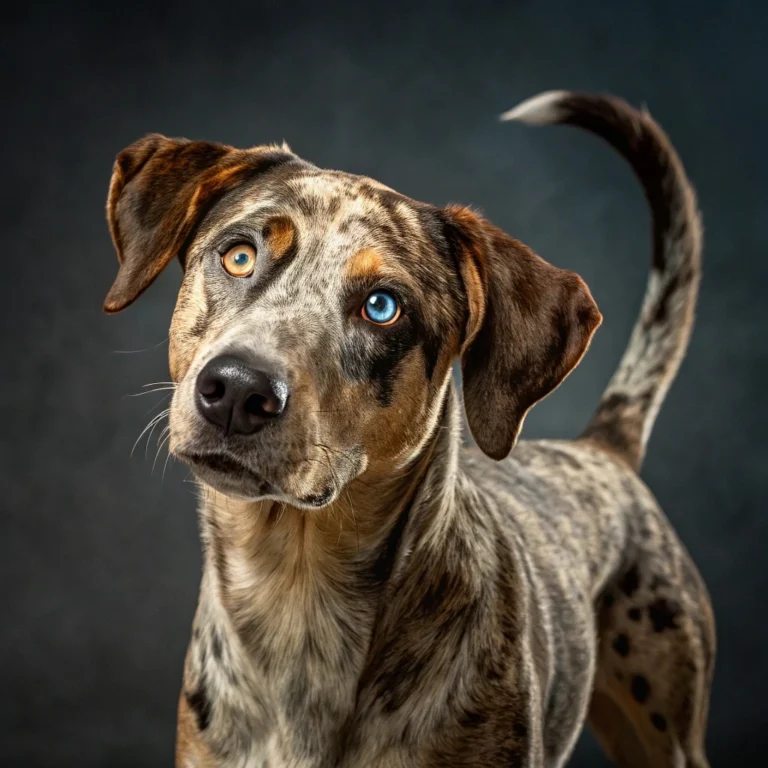American Bulldog Lab mix training and exercise needs
If you’re reading this, chances are you’re curious about the American Bulldog Lab Mix—sometimes called the American Bullador—and what life might look like with one of these amazing dogs by your side. Maybe you’re thinking of adopting one, or you already have a Bullador and want to know more about their temperament and health to provide the best care possible. Either way, you’re in the right place.
This unique hybrid combines the strength, loyalty, and protectiveness of the American Bulldog with the intelligence, friendliness, and energy of the Labrador Retriever. But, as with any mixed breed, understanding their personality traits and potential health concerns is key to making sure you and your dog thrive together.
In this article, you’ll discover everything you need to know about the American Bulldog Lab Mix — from temperament and behavior to common health issues, nutrition, exercise needs, grooming, and much more. Let’s dive in!
Table of Contents
What Is an American Bulldog Lab Mix?
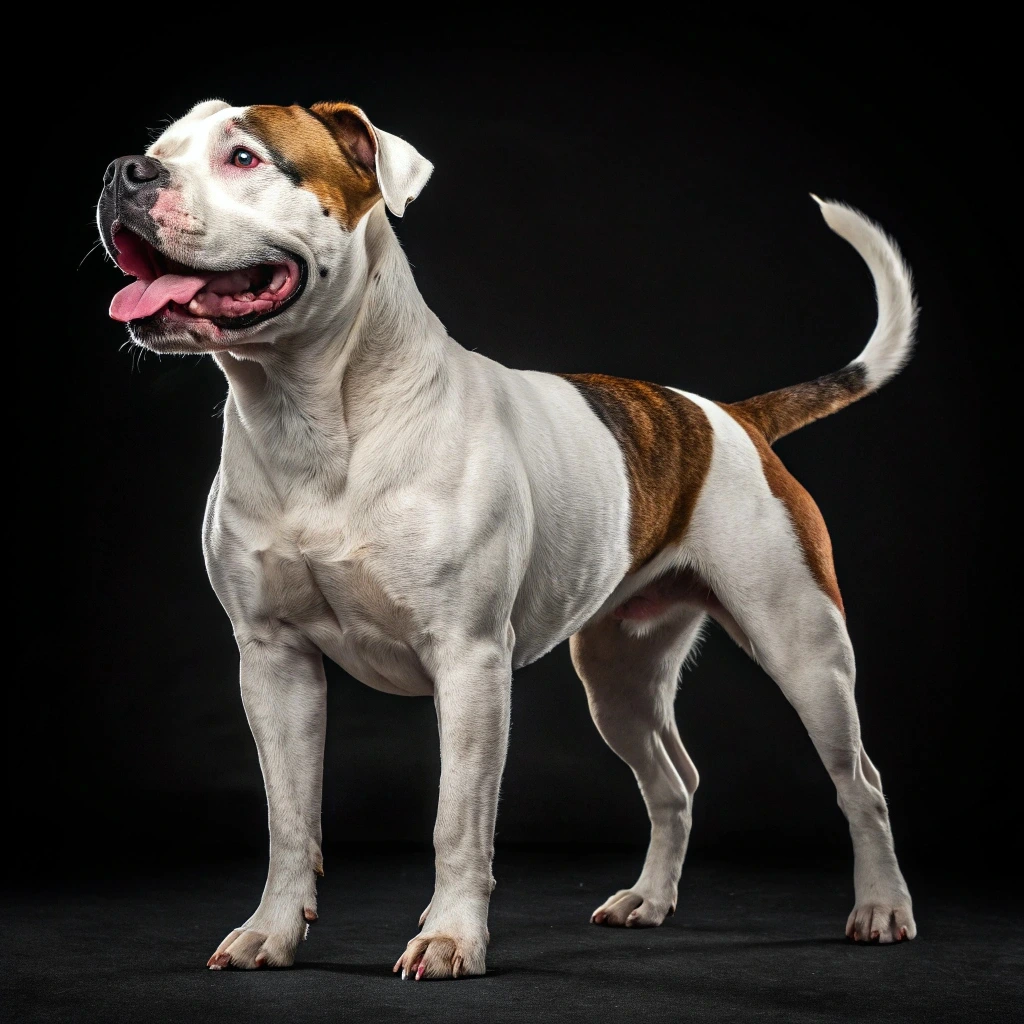
Before exploring their personality and health, it helps to understand the roots of the Bullador. This hybrid dog is a cross between the American Bulldog and the Labrador Retriever, two popular breeds with distinct qualities.
Origins and Breed Traits
- American Bulldog: Originally bred as a working dog on farms and ranches, the American Bulldog is well-known for its protective nature and muscular physique. They frequently make great family guardians because they are self-assured, devoted, and protective.
- Labrador Retriever: Known for their intelligence, friendliness, and ease of training, Labs are among the most well-liked family dogs in the world. They adore people and enjoy exercise and social contact.
Combining these breeds results in a dog with an athletic, powerful build and a disposition that combines warmth, energy, and loyalty.
Size and Appearance
American Bulladors tend to be medium to large-sized dogs:
- Weight: Typically ranges from 60 to 90 pounds (27 to 41 kg).
- Height: Usually between 20 to 26 inches (50 to 66 cm) at the shoulder.
- Coat: Short and dense, often in colors like brindle, white, black, brown, or a mix.
- Build: Muscular but agile, with a broad chest and strong legs.
Temperament of the American Bulldog Lab Mix
Understanding your Bullador’s temperament is essential for building a happy and respectful relationship.
Friendly, Loyal, and Protective
You can expect your American Bulldog Lab Mix to be incredibly loyal and protective of you and your family. This dog tends to bond deeply and will often be wary of strangers at first, making them good watchdogs without being overly aggressive if properly socialized.
High Intelligence and Trainability
One of the best things about the Bullador is its smarts. Labrador genes make them eager to please and quick learners. If you stay consistent and upbeat, training can be a fun experience for both you and your dog.
Energy Levels and Exercise Needs
Bulladors are energetic canines that require consistent exercise to maintain their happiness and well-being. They take pleasure in playtime, daily walks, and agility or fetch training. They may get bored and exhibit destructive behavior if they don’t receive enough mental and physical stimulation.
Good With Kids and Other Pets
Generally, Bulladors are great family dogs. They usually get along well with children, especially if socialized early. Their Labrador side makes them friendly with other pets, but the protective American Bulldog genes may make them a bit territorial, so supervised introductions are best.
Health Issues Common to the American Bulldog Lab Mix
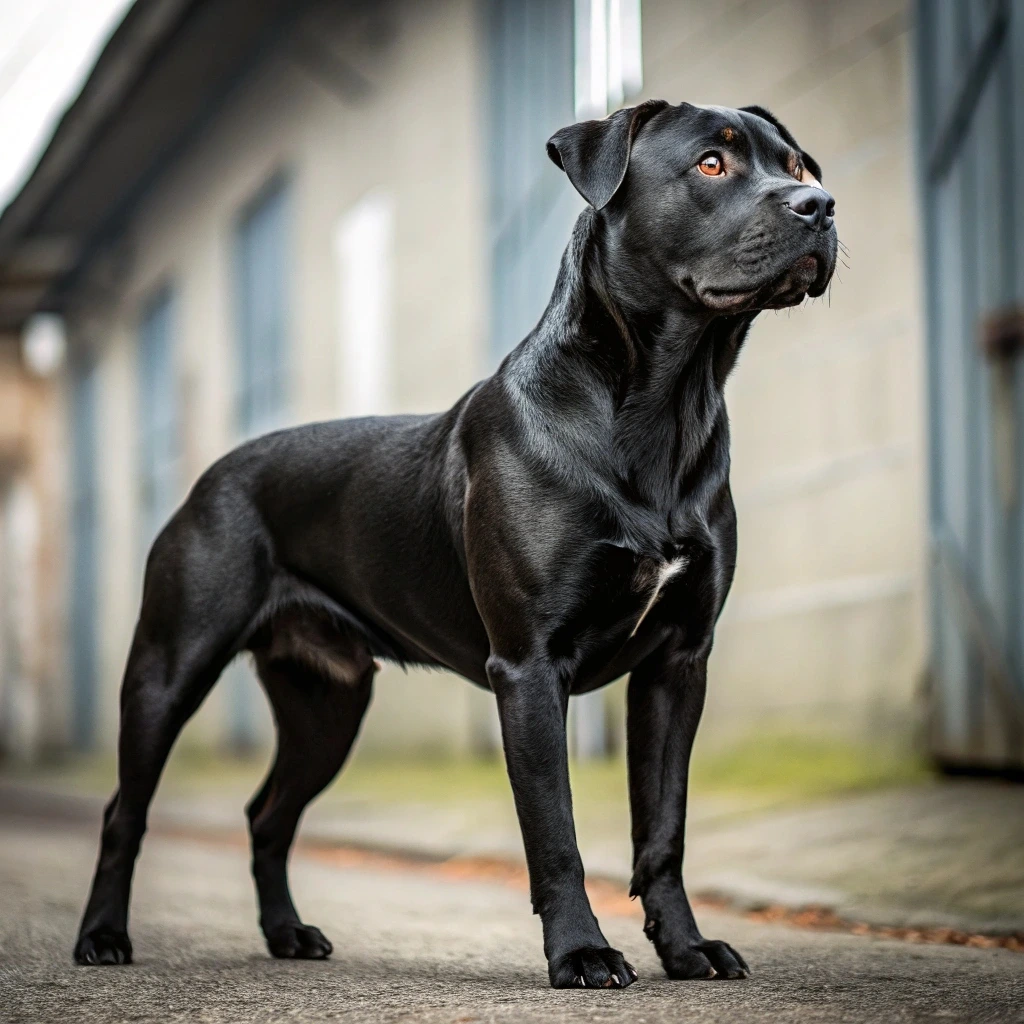
Knowing what health challenges your Bullador might face helps you prepare and take preventive measures.
Hip and Elbow Dysplasia
- Both American Bulldogs and Labradors are prone to hip dysplasia, a condition where the hip joint doesn’t form properly. This can cause pain and arthritis later in life.
- Another joint condition that is prevalent in these breeds is elbow dysplasia.
What You Can Do:
- Maintain a healthy weight for your dog to lessen joint strain.
- Provide joint supplements like glucosamine after consulting your vet.
- Regular vet check-ups and early screening are vital.
Skin Allergies and Sensitivities
Bulladors can be prone to skin issues such as allergies caused by food, environment, or fleas. Symptoms include itching, redness, and hair loss.
What You Can Do:
- Use hypoallergenic shampoos.
- Maintain flea control.
- Work with your vet to identify food allergies or sensitivities.
Heart Conditions
Some American Bulldogs have a predisposition to heart issues like congenital heart disease. Labradors can also suffer from heart problems.
What You Can Do:
- Routine heart exams by your vet.
- Watch for signs like coughing, fatigue, or difficulty breathing.
Eye Problems
Conditions like cataracts or entropion (where the eyelid rolls inward) can occur.
What You Can Do:
- Regular eye checks.
- Immediate vet care if you notice redness, discharge, or excessive blinking.
Nutrition and Weight Management for Your American Bullador
A well-balanced diet is crucial for keeping your Bullador strong and healthy.
Feeding Guidelines
Because Bulladors are active and muscular, they require high-protein diets to support their energy levels and muscle mass.
- Puppies (up to 1 year): Require calorie-dense food rich in protein and fat to support growth.
- Adults (1 to 5 years): Balanced diet with quality protein, healthy fats, and essential vitamins.
- Seniors (6+ years): Lower calorie intake with fiber and joint-support nutrients.
Weight Guidelines Table
| Age (Years) | Expected Weight (lbs) | Nutritional Needs |
|---|---|---|
| 1 | 50-70 | High protein, moderate fat |
| 2-5 | 60-90 | Balanced diet with joint support |
| 6+ | 55-85 | Lower calories, higher fiber |
Portion Control Tips
- Divide daily food into two meals to avoid overeating.
- Steer clear of overindulgent treats and substitute low-calorie options for training incentives.
- Monitor weight regularly and adjust food quantity accordingly.
Exercise and Mental Stimulation Needs
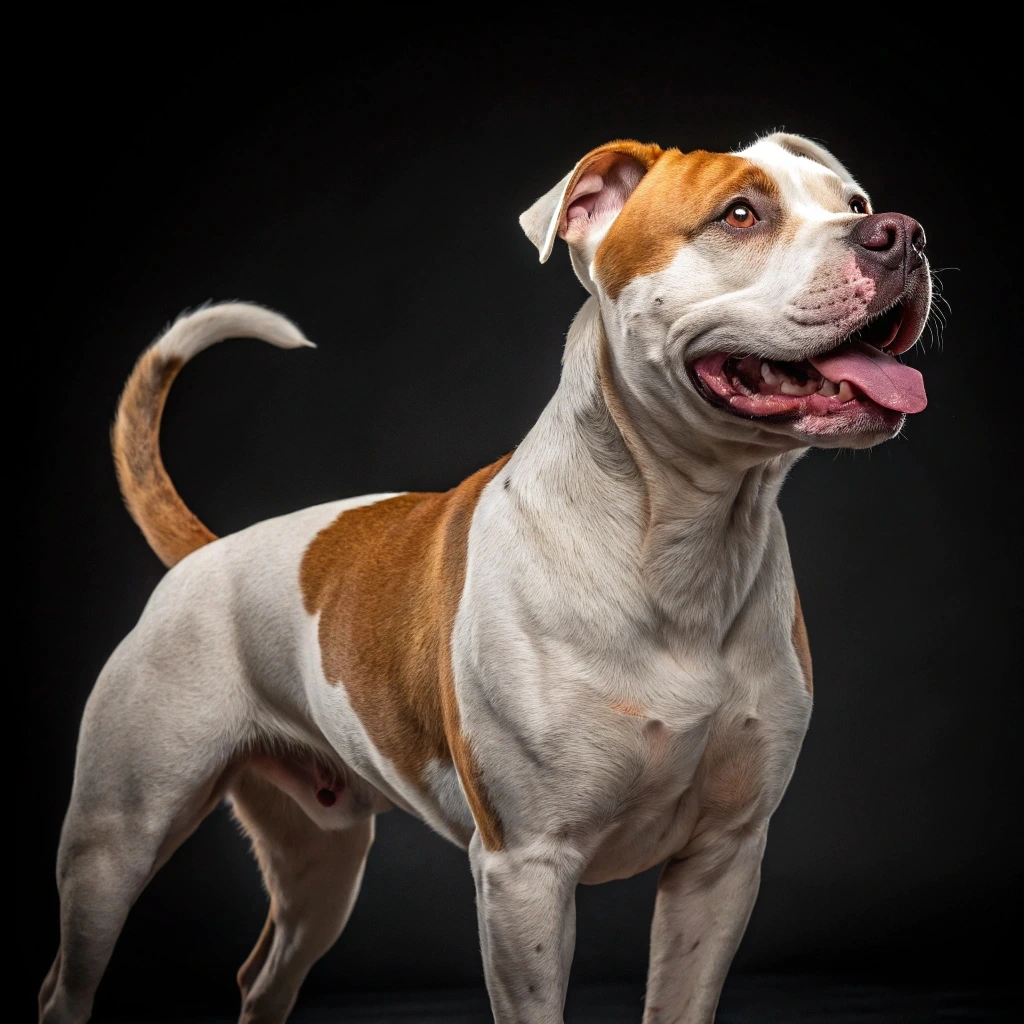
Keeping your Bullador physically and mentally active helps maintain a balanced temperament and overall well-being.
Daily Exercise Routine
Aim for at least 60 to 90 minutes of exercise each day, which can include:
- Brisk walks or jogs.
- Playing fetch or tug-of-war.
- Swimming, if accessible.
Mental Enrichment
Bulladors are smart and thrive on mental challenges:
- Use puzzle toys to stimulate their minds.
- Teach new commands or tricks regularly.
- Provide interactive games to reduce boredom.
Grooming and General Care
Bulladors have relatively low grooming needs but regular care will keep them looking and feeling their best.
Coat and Skin Care
- To get rid of loose hairs, brush their short coat once or twice a week.
- Bathe them monthly or as needed using dog-specific shampoo.
- Keep an eye on skin for irritation or infections.
Dental and Ear Hygiene
- Brush teeth 2-3 times weekly to prevent tartar buildup.
- Clean ears regularly to avoid infections, especially if your dog swims often.
FAQ About the American Bulldog Lab Mix
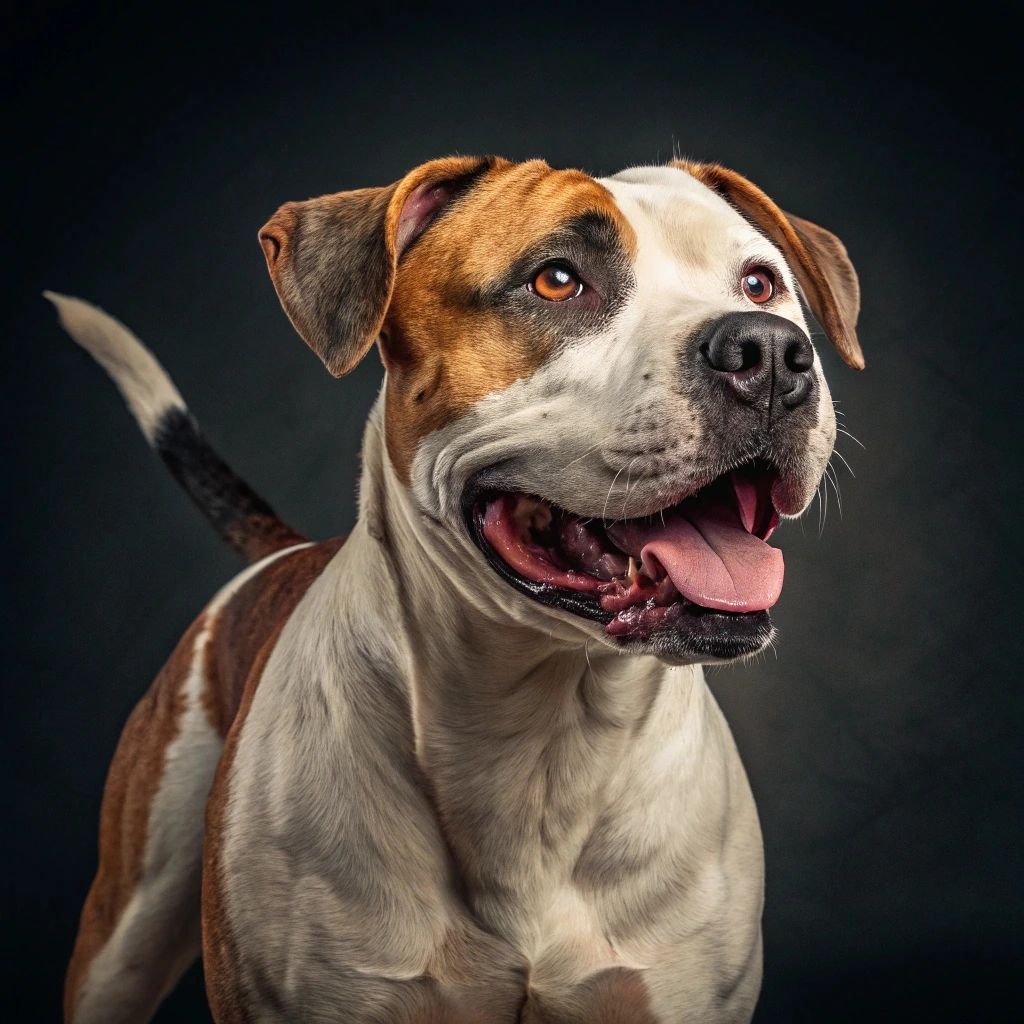
What is the temperament of an American Bulldog Lab Mix?
Your Bullador will be loyal, intelligent, and protective, with a friendly and playful side, especially when socialized well.
How big do American Bulladors get?
Typically between 60-90 pounds and 20-26 inches tall at the shoulder.
Are American Bulladors good with children?
Yes, they usually get along well with kids, especially when raised with them and socialized early.
What health problems should I watch for?
Main concerns include hip and elbow dysplasia, skin allergies, heart issues, and some eye conditions.
How often should I exercise my American Bullador?
They require mental and physical stimulation for at least 60 to 90 minutes every day.
Conclusion
It can be a very fulfilling experience to own an American Bulldog Lab Mix. You’ll acquire a devoted, perceptive, and vivacious friend who is eager to add happiness to your house and will defend your family. You can give your Bullador the care they need to live a long, happy, and healthy life together by being aware of their temperament, health concerns, dietary needs, and exercise requirements.
